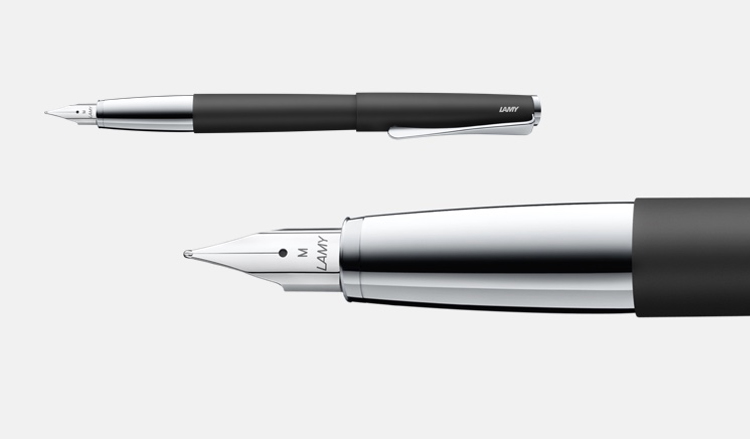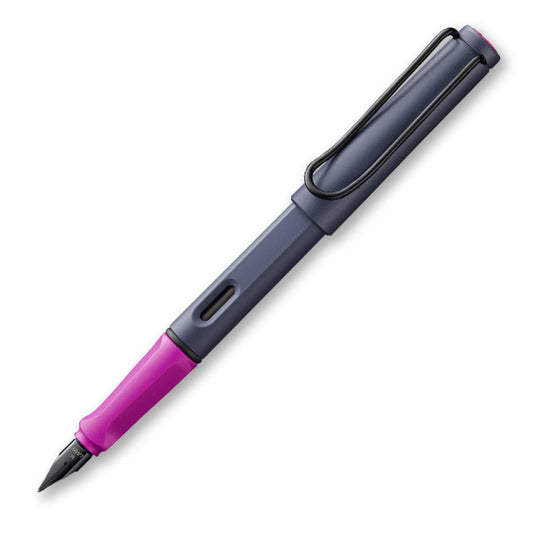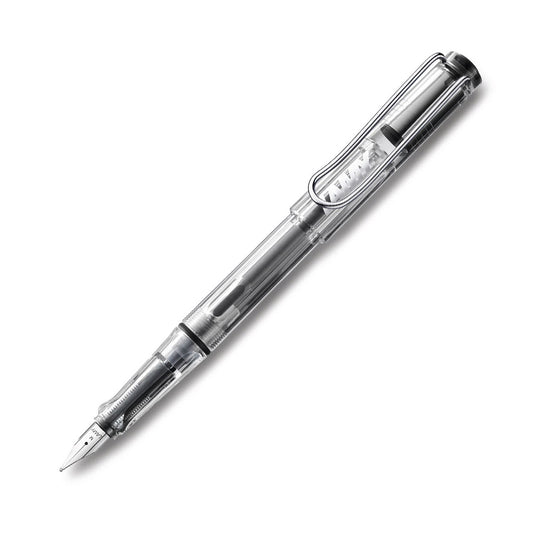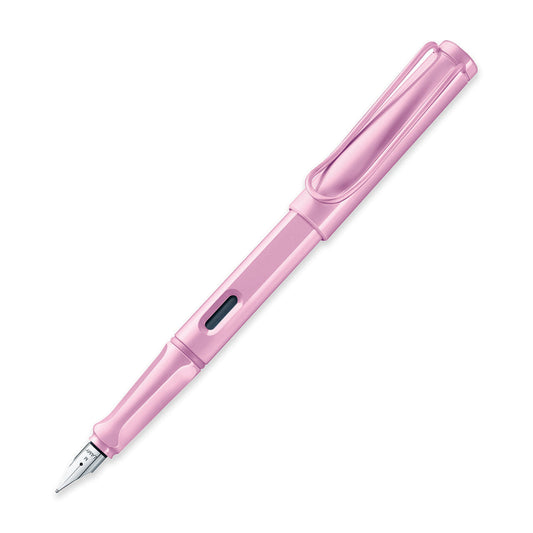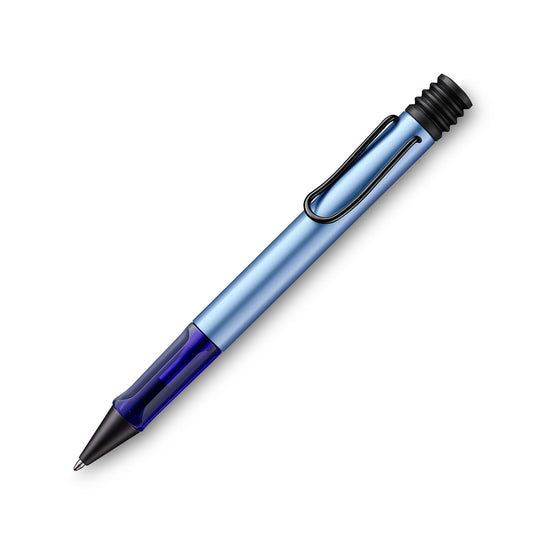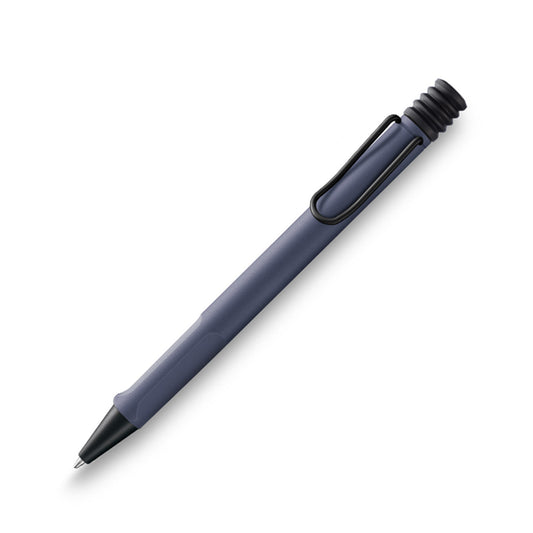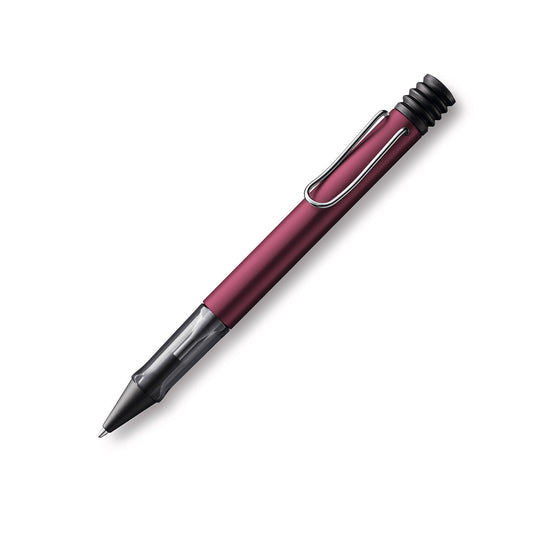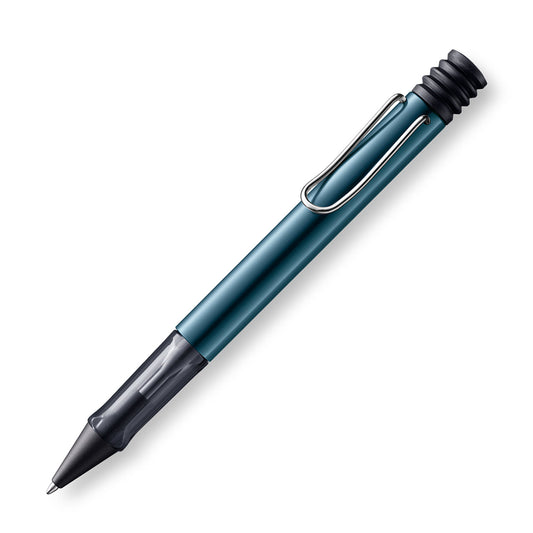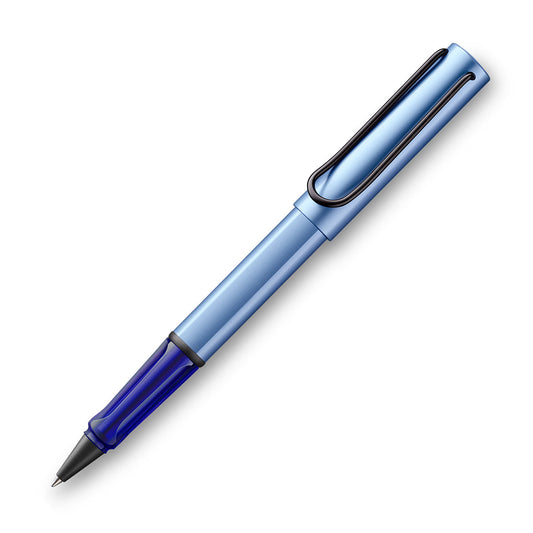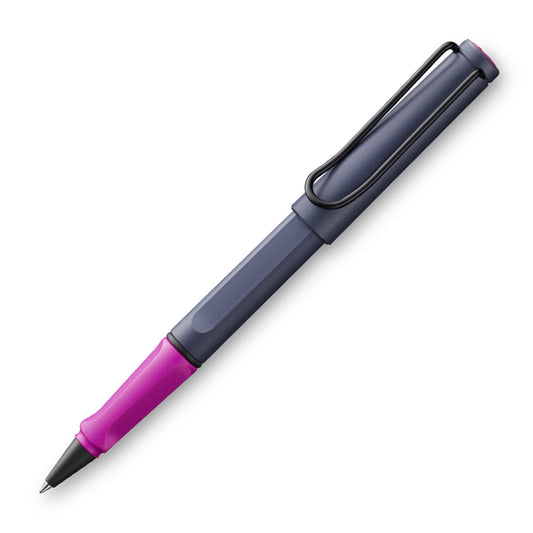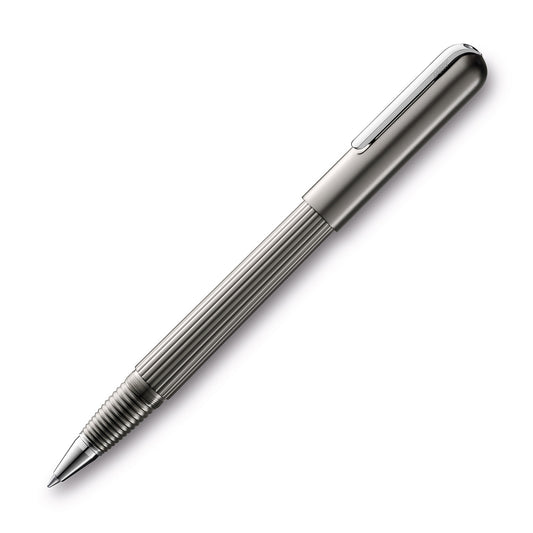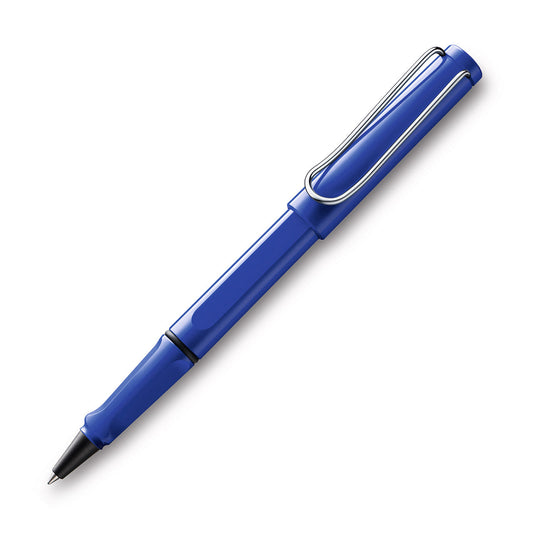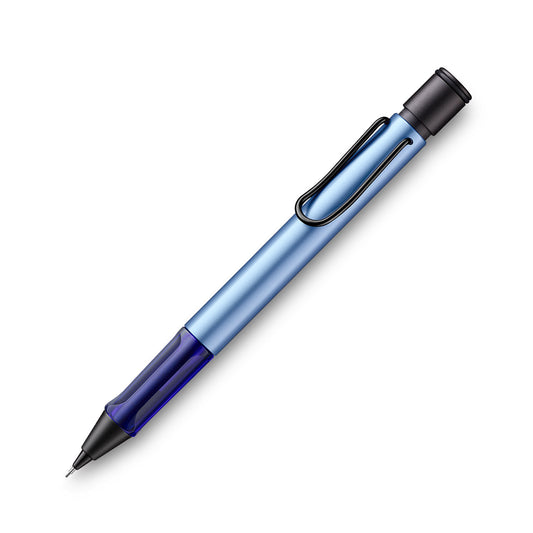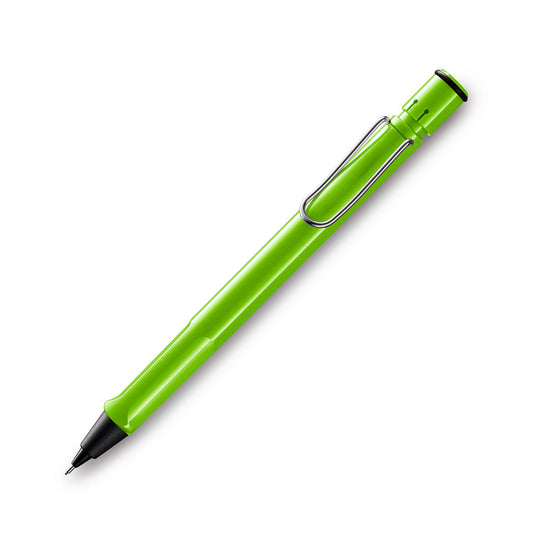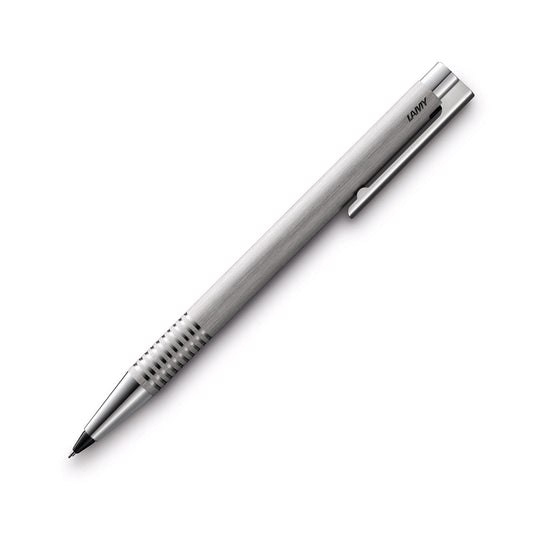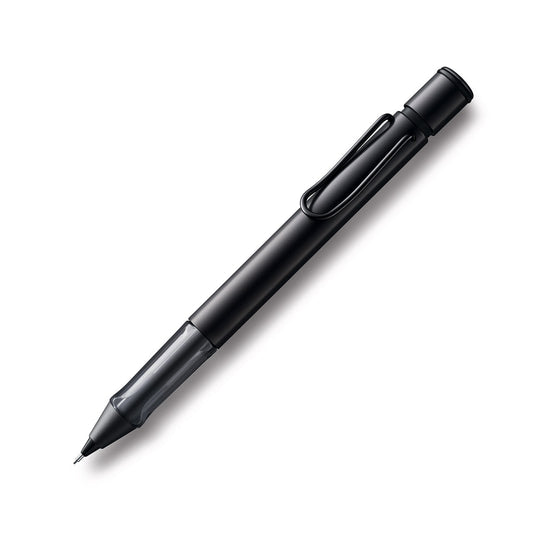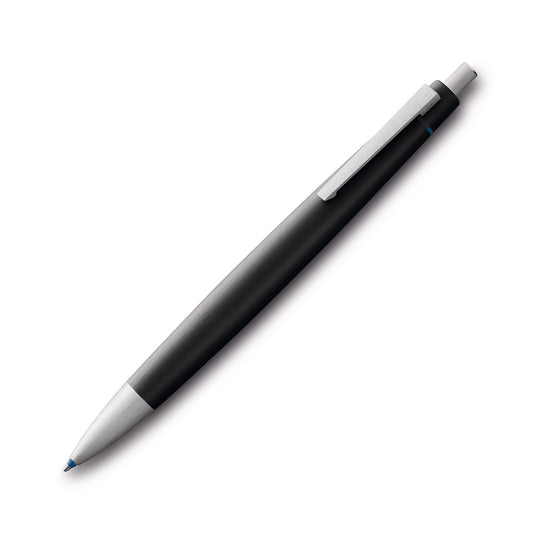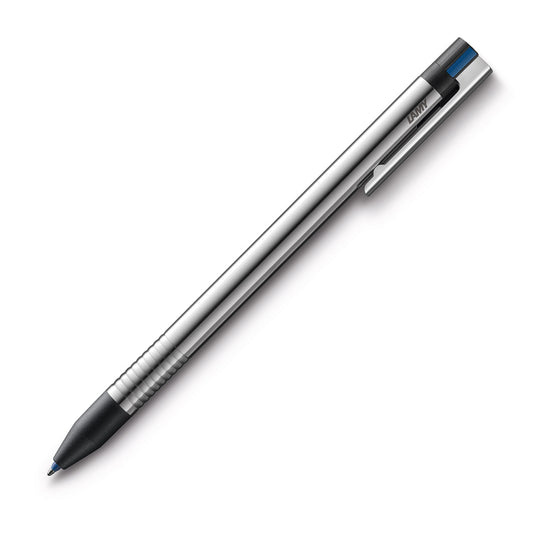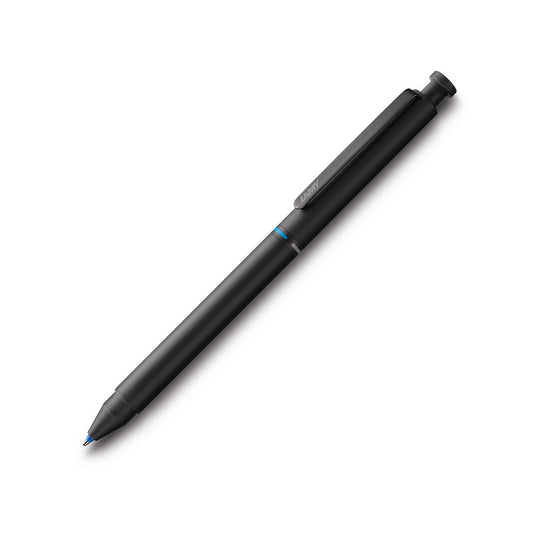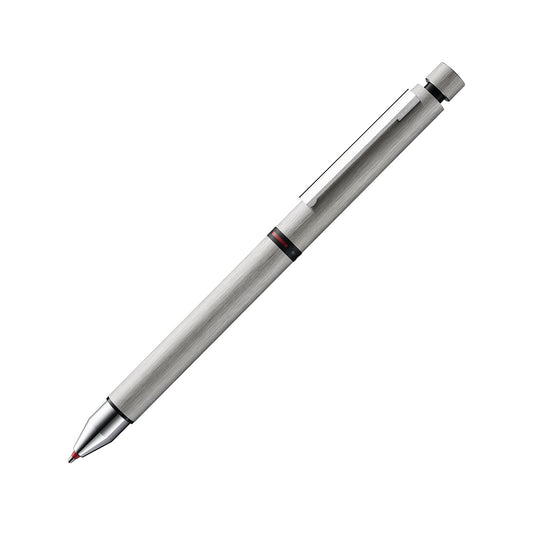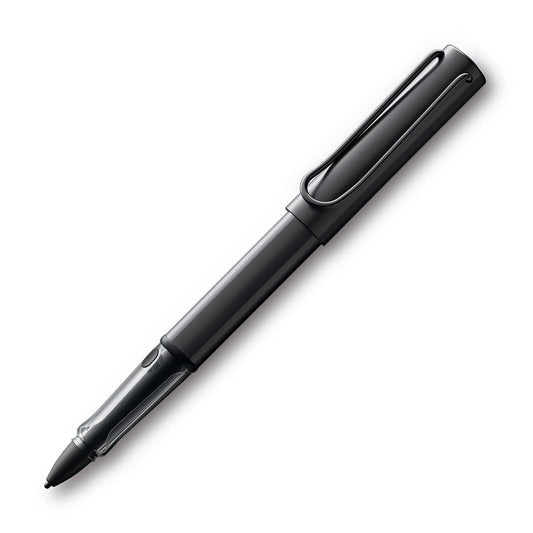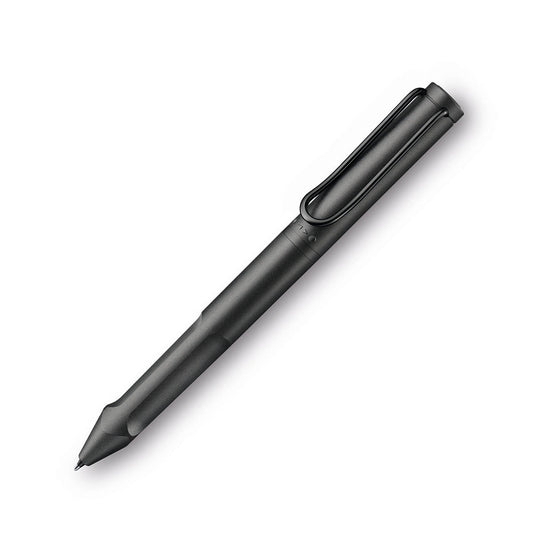With such a wide range of carefully crafted writing instruments, the LAMY range has something to suit everyone. That variety can make it tricky to find the right pen for your needs, though, so here’s a quick overview of LAMY’s most popular pen types to help you find the perfect fit.
Pen Guide
Fountain Pens
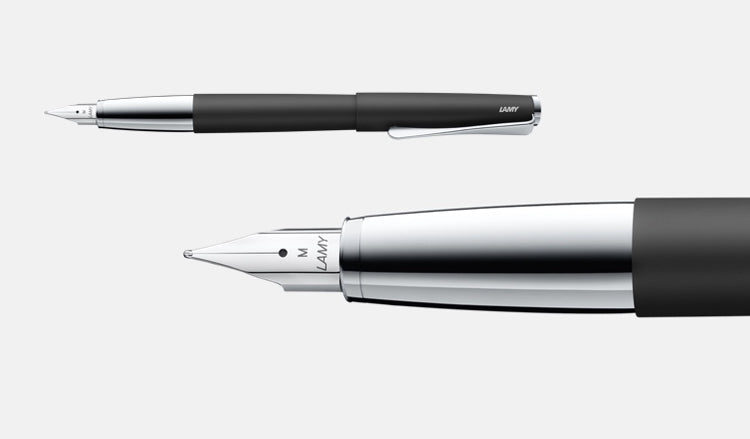
Smooth and graceful, fountain pens have been a core part of LAMY since the very beginning. The launch of the LAMY 2000 Fountain Pen in 1966 was an historic moment for the German pen maker, and fountain pens continue to be an essential part of LAMY’s identity to this day.
Fountain pens write by letting ink flow down a nib, which is a finely shaped piece of metal that carries the ink onto the page. That generous ink flow allows the nib to move over the page with a grace other pens just can’t match, and experienced fountain pen users can create expressive, beautiful handwriting to add a special touch to cards, letters and notes. For fans of colour, there’s also an entire world of fountain pen ink in different hues and textures to explore, which can be a wonderful adventure in its own right.
The graceful movement of a fountain pen feels remarkably natural in your hand, and the combination of its smooth movement over the paper and a comfortable grip means a fountain pen is an inviting option when writing for longer stretches of time.
That free-flowing ink can smudge if it isn’t given time to settle into the page, though, so fountain pens work best with premium paper and a bit of patience. Left-handers can also find fountain pens tricky to use without smudging, so if you’re a leftie or you’re looking to jot down some quick notes, there are more practical options for you than a fountain pen.
Ballpoint pens
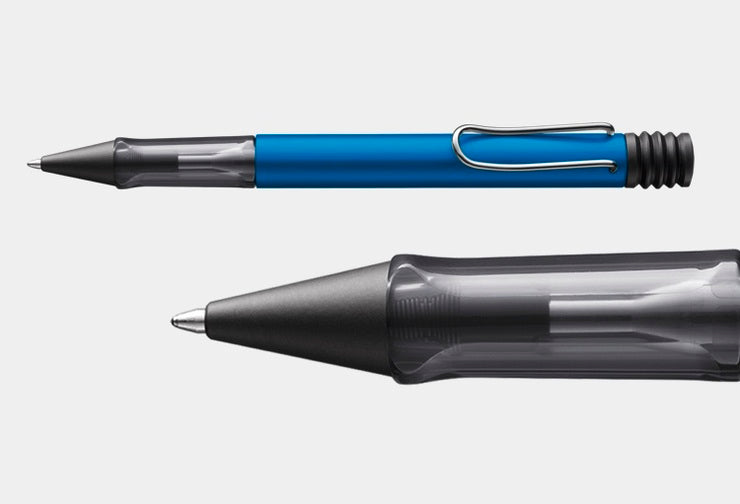
Ballpoints are the most common type of pen you’ll find these days, and for good reason – these versatile pens can write quickly and efficiently, making them great for jotting down quick notes no matter where you find yourself. Ballpoint pens are also more rugged, making them a solid option to pop in your pocket or pencil case when you need something reliable.
The oil-based ink used in ballpoint pens dries quickly and writes on just about anything, but it can also be a bit more stiff, so ballpoints don’t typically flow as freely across the page. Because of that, they’re better suited to quick notes and fast updates rather than long writing sessions.
Rollerball pens
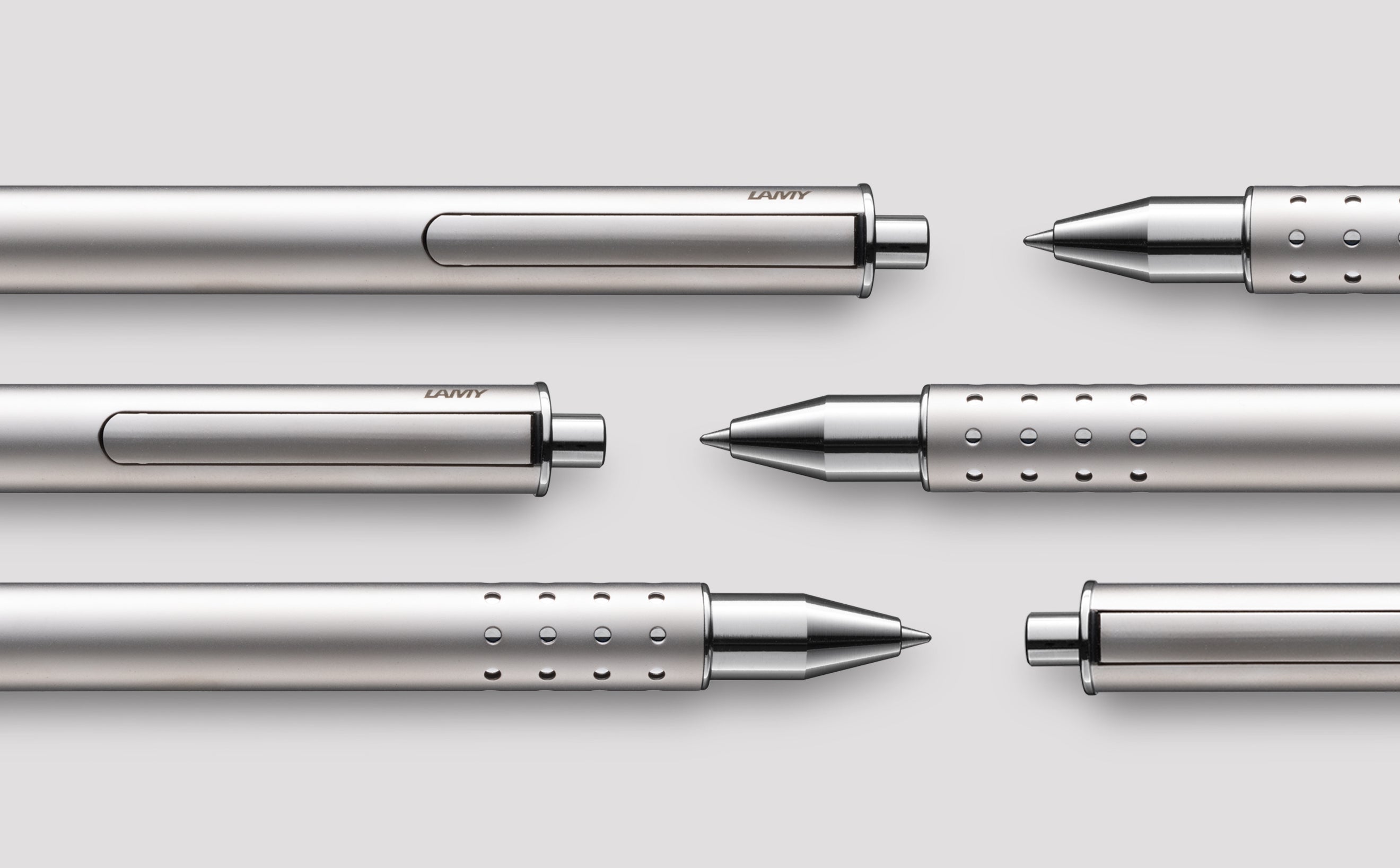
A charming balance between the convenience of a ballpoint pen and the grace of a fountain pen, rollerball pens use a water-based ink that flows almost as generously as a fountain pen does. That allows rollerballs to glide over the page smoothly, creating a rich, vivid line that feels more full and lively than a ballpoint’s writing.
Because they use a ball to manage the ink flow rather than a nib, rollerballs tend to leave slightly less ink on the page than a fountain pen, so the handwriting dries a touch quicker to reduce smudging. That helps make rollerball pens more versatile than fountain pens, capable of both elegant handwriting for letters and journals as well as quick, easy notes.
Rollerball pens are still prone to smudging, though, so they do work best on high-quality paper that can handle that generous ink flow. For taking lecture or meeting notes, a ballpoint pen may serve you better, or maybe even a mechanical pencil.
Mechanical pencils
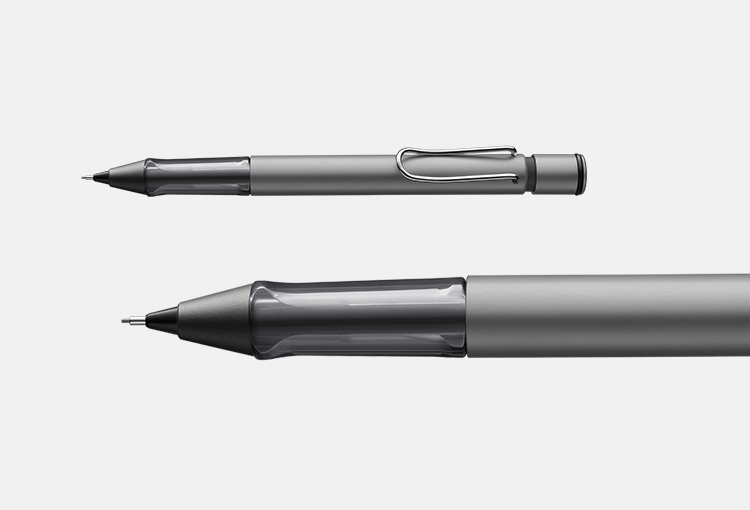
Capable of doing everything that a traditional pencil can do without making a mess or losing its sharp tip, mechanical pencils are an impressively versatile option. Whether you’re taking notes for a meeting, adding comments to a document, designing a new product or just sketching in the margins, a mechanical pencil handles it all with ease. And since we all make mistakes, a mechanical pencil’s marking can be easily undone with the built-in eraser, allowing you to polish your work or refine your thinking as you go.
Simple and practical, mechanical pencils are a do-anything option, but they don’t quite have the same grace as a fountain or rollerball pen, so they’re less ideal for, say, writing letters or in greeting cards. The impermanence of lead can also create problems down the line, too, so if you want your work to last, a ballpoint or rollerball might be more your speed.
But what if you didn’t have to choose? There’s a way you can enjoy the practicality of a ballpoint and the versatility of a mechanical pencil all in one, and maybe some other perks too.
Multi-function pens
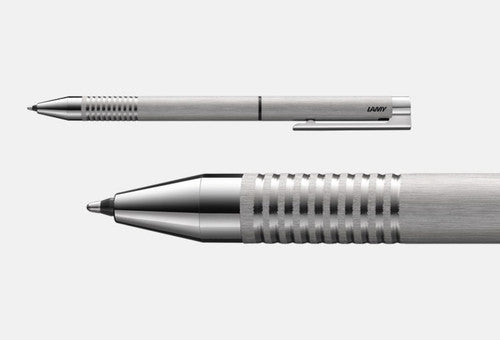
Combining multiple pen types in one compact form, multi-function pens are a perfect option for an unpredictable day. Some, like the CP1 Twin Pen and the ST Tri Pen pair a ballpoint pen with a mechanical pencil for an incredibly versatile writing instrument, able to switch between styles with a twist. Or if you need different pen colours for marking up documents, the Logo Tri Pen and LAMY 2000 Multi-Function Pen each offer a range of ballpoint pen tips in different colours that you can switch between at will, making it easy to leave comments, correct spelling and more with ease.
The only thing to consider with multi-function pens is that they have a smaller capacity than a standalone pen, since they have to fit multiple inks and leads within the one pen body, so they’ll tend to run out faster. So long as you keep plenty of spares on hand, though, there’s nothing to stop you from writing and drawing to your heart’s content.
Digital writing
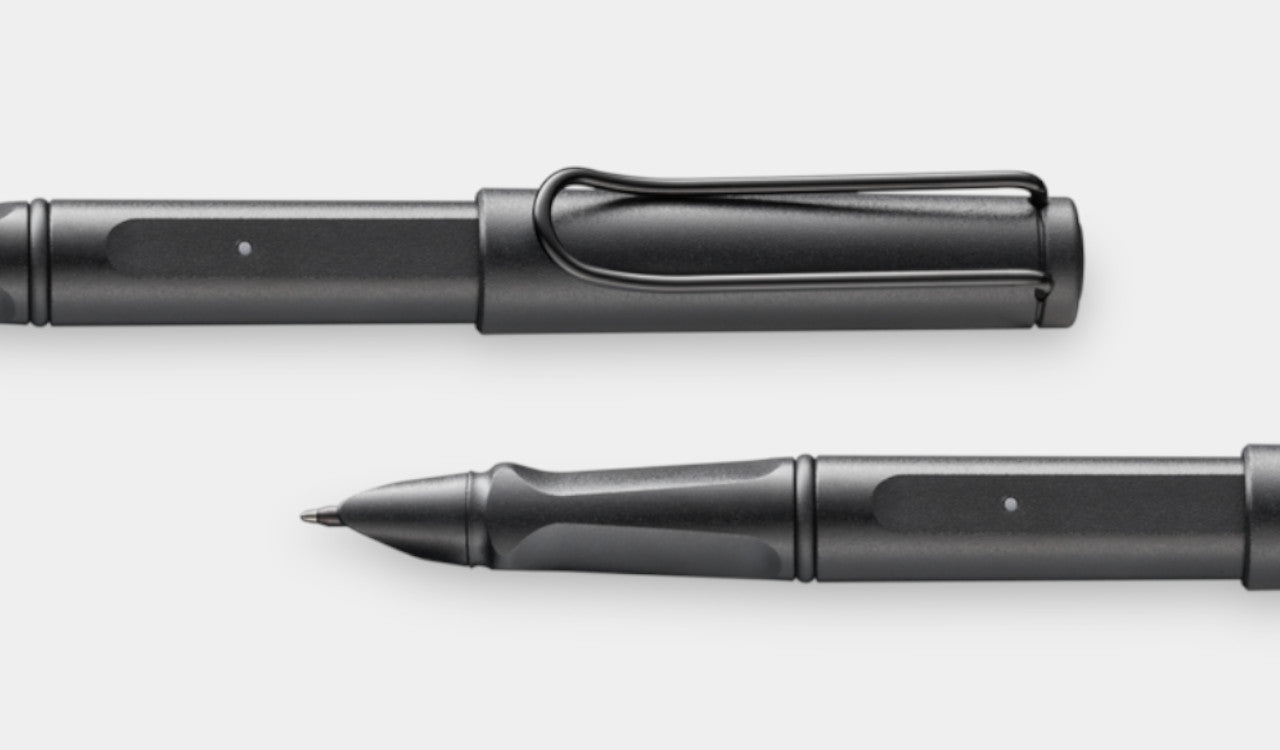
The newest addition to the LAMY range, digital writing helps to carry the timeless feeling of handwriting to the modern world, making writing and drawing on high-tech devices like tablets feel more like the irreplaceable experience of pen on paper.
Using EMR technology designed by WACOM, LAMY’s digital writing pens detect 40,000 pressure levels to get the lines just right, with a battery-free, wireless operation and replaceable tips to suit different surfaces. Check your device’s EMR compatibility here.
No matter how you plan to use yours, there’s a LAMY writing instrument to suit your needs. And if one isn’t quite enough? Well, that’s what pencil cases are for.
